I was first introduced to Hye Jin Yoo, head designer and company director of Kumann Yoo Hye Jin through my dear friend and fellow fashion editor and writer, Min A. Lee (who has also previously guest written for Eurasian Vogue). Lee had first interviewed Yoo two years ago for Audrey Magazine, and had raved about her. After I saw the Kumann collection, I was also sold.
I’m so fortunate to have had the opportunity to have some face to face time with Yoo when I visited Korea and she was every bit as nice as Lee had described. A true artist, with an incredible soul.
It's not surprising when you learn about Yoo's past to understand why creativity literally pours out from her. Her mother founded ‘Eun Hwan Oh’, originally named OH EUN HWAN Boutique when Yoo was just a child. Therefore Yoo literally grew up in the industry, figuratively and physically speaking having lived below the factory. Now Yoo is taking over the the family business, keeping the soul and memory of the brand but targeting a younger customer and adding her own mark on the brand.
As we meet in the Lotte hotel in Seoul that I am staying at, we sit down to discuss Kumann, the history behind the brand and her plans going forward...
I’d like to start out by discussing the history of the Brand, Kumann. It was founded by your mother, ‘Eun Hwan Oh’, originally named OH EUN HWAN Boutique. Growing up literally in the middle of the business must have been an incredible experience, but also really must have let you see the hard work that is involved in the fashion industry?
‘Kumann’ was the name of the custom-made women’s wear studio that EunHwan Oh started running in 1965 before she established her company and brand, OH EUN HWAN Boutique in 1979. I heard that ‘Kumann’ was named by one of her friends. I selected the alphabets and named it ‘Kumann’ which sounds phonetically familiar to an international customer. People sometimes ask me the meaning of the name. I once heard that it means ‘many dreams’. From mothers friend's perspective, she seemed to have many wishes, at that time.
When I was a kid, I lived under the small clothing factory. I always heard the sound of sewing machines, and always smelt the fabrics. Ever since I was born, no matter what I did as I grew, I always admired fashion and I always felt that I strongly connected to the intense nature of this industry, but it made me think very carefully whether or not I should be involved in it. However one day I decided that I should just do it and began working in the industry. Even though my mum was in the industry she didn’t want me to go down that path, however later she changer her mind!
I knew how tough it would be, especially having seen my mum working in the industry. However I knew like anything in life that’s worth anything, it isn’t always easy. I have the type of personality that works hard and endures so this industry suits me!
It was a huge pressure. It wasn’t a decision that I made lightly though. I learned pattern-making and sewing from workshop studies and taught myself during my studies, and also I learned the workflow of manufacturing process under my mums business. I had really learnt the trade and just didn’t take a family business over without the correct training.
I then made the ‘Kumann’ brand. Although in a lot of ways I am just like another start up. But I do feel that I have proved myself through the branding of Kumann, in establishing the concept, and trues aesthetic of the company
What was the biggest challenge you have faced since rebranding the company?
Even if I tried to reincarnate the heritage of the old studio, it still wouldn’t have been a guaranteed success. The company needed re-branding as really there was nothing but the spirit and the name of the brand left.
But I feel that in establishing the brand and shaping the concept and designs for the brand I have been successful. In terms of sales and marketing, we still have a way to go.
I really appreciate the feedback from people around the world, including Americans, Europeans and middle-easterners that find the quality and understand the essence of my work. I feel a sense of reward knowing that they identify the uniqueness of the designs, and I feel they understand the passion and hard work that go into creating the designs. I am truly grateful that they understand quality of cuttings and construction of the collection, and their thoughts about why they like the brand and that we aren’t just another brand. They have even told me to just keep working on the styles that I have been creating. I love that they understand the visually structured language of the brand, the recognition of the brand. It’s what I keep working for.
How do you feel your direction and viewpoint has helped the company evolve?
As a designer I do always questions myself. But, in general, I think that I have found a good path, financially, and physically. Especially as realistically speaking, this is such a bad time to expand the business. We have seen more companies move to e-commerce, so it’s made it hard for small brands to really expand. However I don’t want to follow the mass-market strategy. That’s not to say I am not flexible and open to developing to new markets, but I would rather find a proper direction for the brand and studio that works best for our brand.
KUMANN YOO HYE JIN is pursuing a high-end, contemporary, avant-garde label. So far I’ve been trying to make cuttings and silhouettes in a very wearable ready-to-wear line. K. Kumann is a second label of KUMANN YOO HYE JIN, which is more casual and easily interpreted brand for the mass market.
What has your mother’s reaction been to the continued success of her legacy? She must have felt so happy to see the company continue?
Actually she was not that happy at first! And, due to the recent economic decline, we couldn’t guarantee that we could still continue the business even as a small company. It is a very different time to my mother’s generation with different challenges. But that is why I felt this industry was the right one for me; I am the type of person who can deal with the worst of the worst situations.
‘Kumann’ was a custom-made clothing studio, not actually a brand. My mother received the orders and made the patterns and cut them all by herself. This is not so different from what an individual artist would do. It is all about originality, which is about original creation; she laboriously worked by herself, and completed work for her customers. I think that’s how I’ve been breathing new life into the studio with originality and my patterns, their constructions and with the creative visions that I have for the brand.
You majored in printmaking for your undergrad and the did your
Masters in fine arts at the School of the Art Institute of Chicago and began your career as an artist. How has your undergrad of printmaking helped shape your view point as a designer?
The best thing I’ve learned from traditional printmaking is workmanship. It is very laborious work, which should accurately be pre-arranged before printing. It’s a tedious working process from the beginning until the end. However it trained me so hard and it shaped me practically as a hard worker in a strong belief that ideas could grow when people get trained and accustomed to do one thing with one good skill.
All of us, who once majored in printmaking, agreed upon the fact that printmakers can do anything, no matter which field they go into for work, because we have a solid workmanship and are accomplished in printmaking.
Studying in the U.S., especially in SAIC (The School of the Art Institute of Chicago) was my enlightened period. My impression from the U.S. was that it is a country that is strongly pursuing the development of science and technology. I think that I learned a lot from their experimental mind and developing spirit based on technological improvement which reinforces their creativity in art, design and business.
Having started your career out as an artist, how interwoven do you see fashion as a general art form and how does this manifest itself in your collections?
For me, art and fashion do not seem to be different in the sense of their process of creation. That’s why I never differentiated fashion from art, and art from fashion. However, I understand that, in industrial perspective, fashion should be more considered creations in order to be publicly easier to be understood and consumed. In that sense, it became a realistic medium for me to work with. It is a long and painful process, investigating time for me to finish the collections every season, but the good thing about it is to continue working on the concepts and creations, which I couldn’t keep doing in fine arts.
Where do you get your inspiration?
I get it from all around, on the street, from the fabrics, and through my working process.
If there had never been the foundation of the company from your mother, do you think you would have gone on to start up your own line from scratch and if so, would it still be similar in the DNA and aesthetic of your current lines?
I actually feel like I’m always working from scratch. I have been rebuilding the foundation of the studio. As I said earlier, I feel that there’s only the spirit and memory of the studio left, and I have to work on re-embodying the epitome of the studio as a brand.
I probably wouldn’t do traditional fashion if there weren’t that heritage from my mother because I couldn’t find any motivation and my background for that type of creation. I might have worked in a different way, but I feel that that aesthetically speaking and the DNA of the brand and my inspiration is born from my mother’s side. I grew up watching her and her work. I feel that I have to design in a way that makes me feel alive, which I am always dreaming of, because I could have created something experimental based on many integrated ideas.
I want the Kumann customer to feel assertive and find their uniqueness by wearing the brand. I think they are willing to be more experimental. They are people who always look for the special cuts and designs to differentiate themselves from the one-directional trend.
And lastly, are there any other designers that you look up to and are inspired by?
Balenciaga, and a re-interpreted Balenciaga by Nicolas Ghesquiere.
Thank you so much for your time!
FOR MORE INFORMATION:
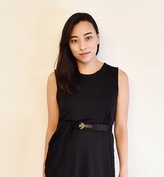
Click for more information on Kumann
Click for more information on Min A Lee’s portfolio
Follow Min A. Lee on Instagram



















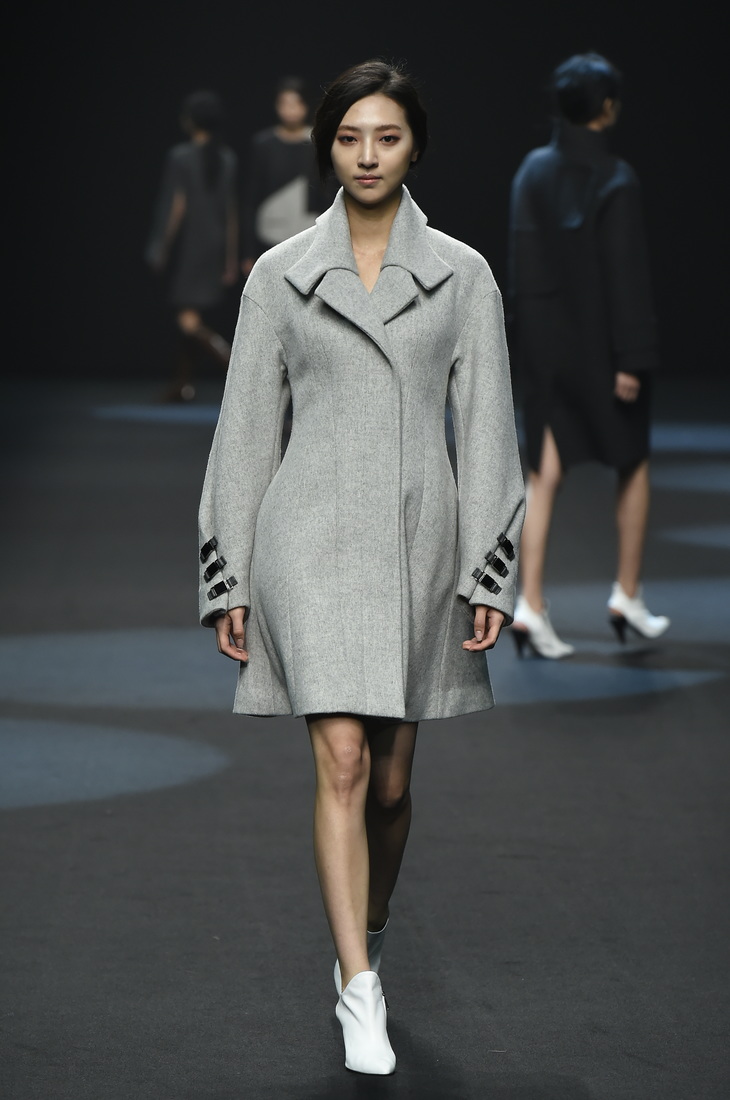










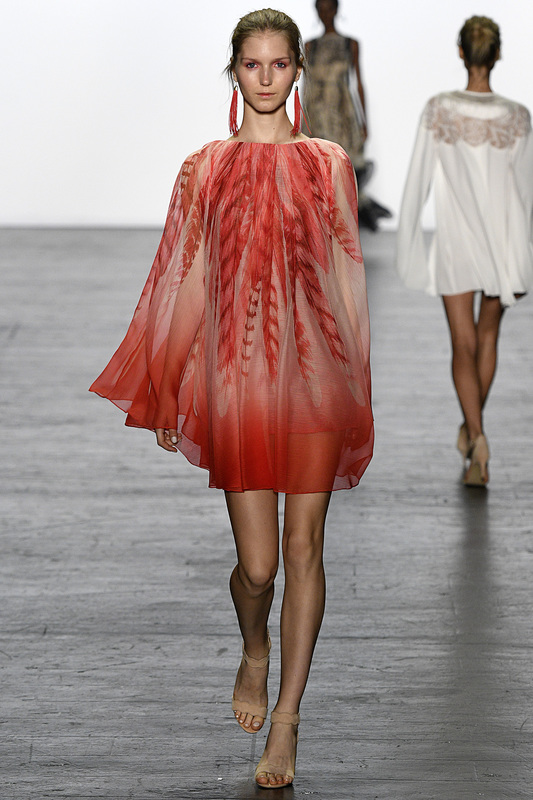

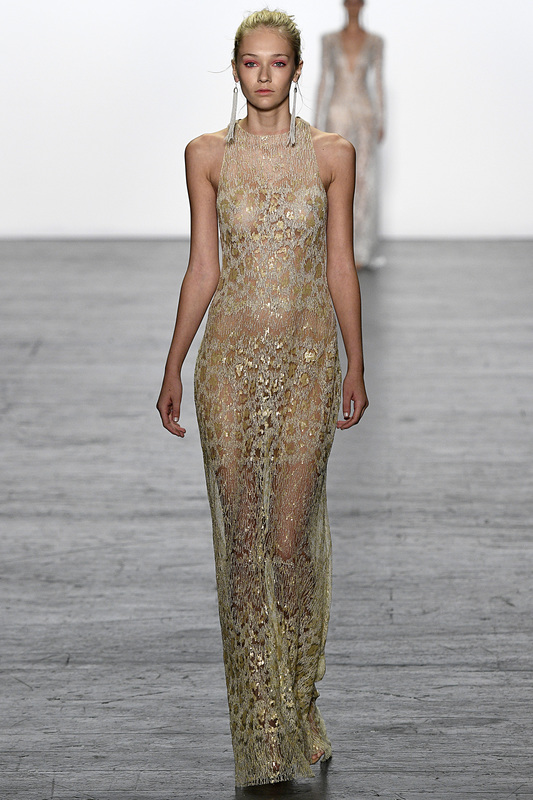


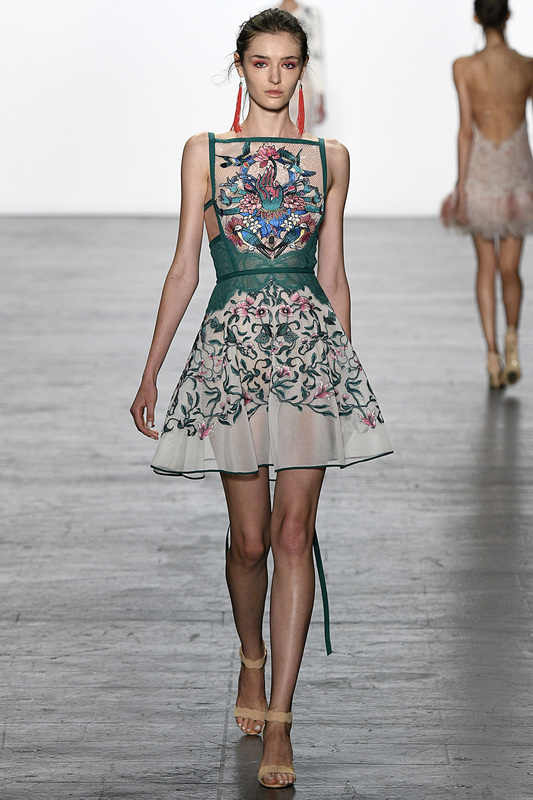











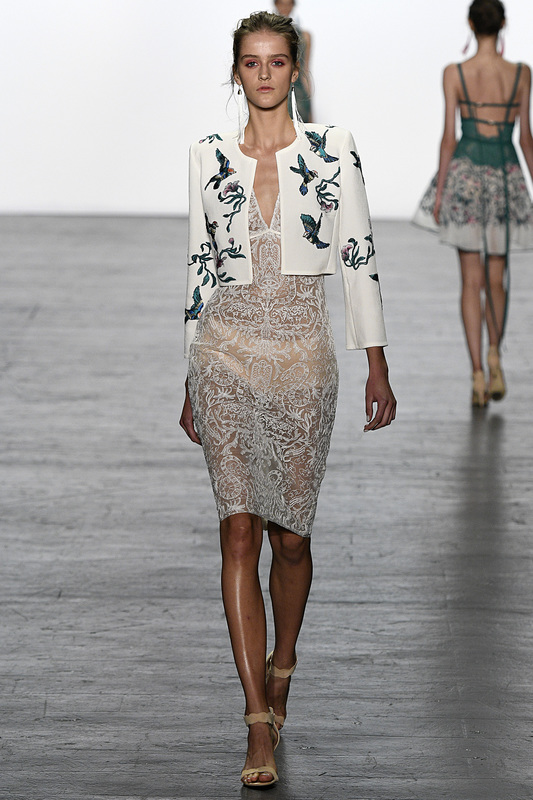
















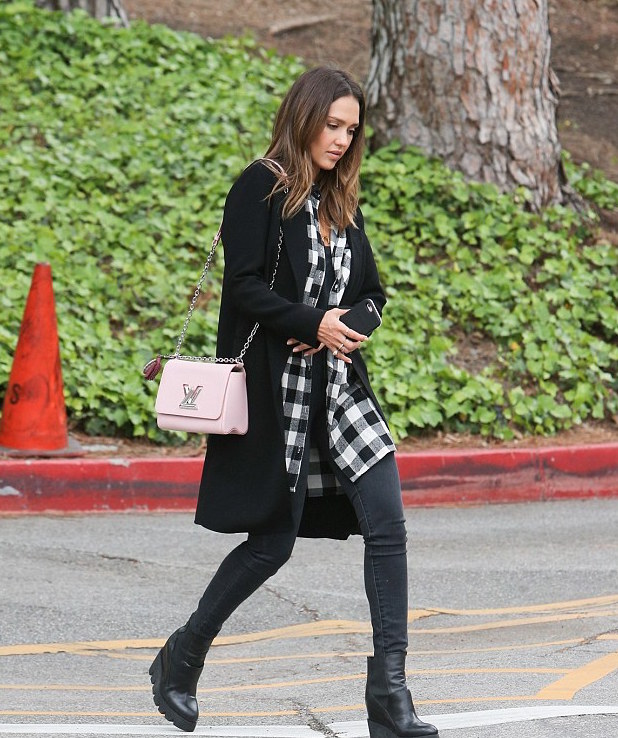
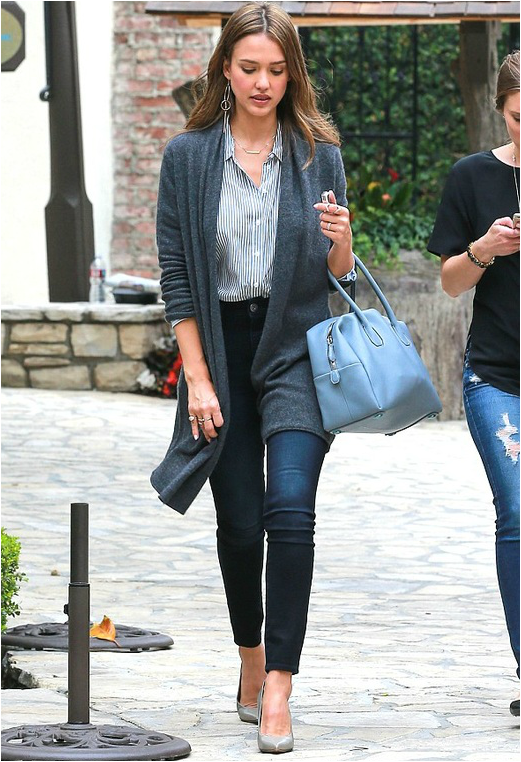
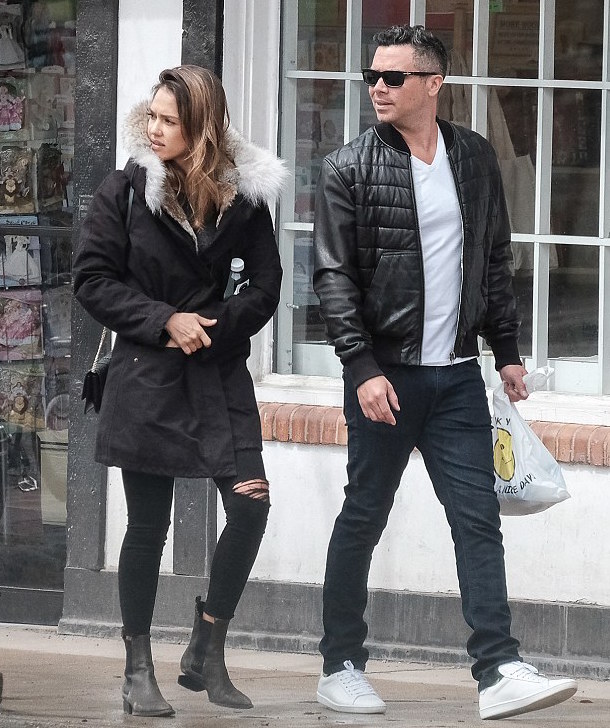













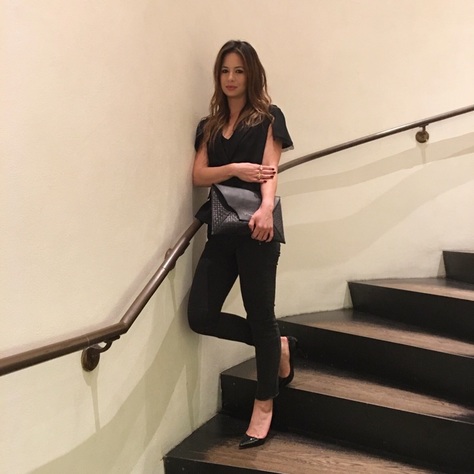

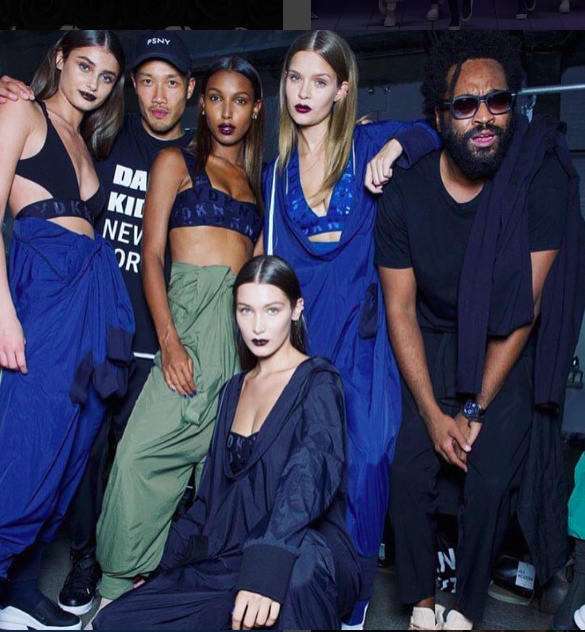




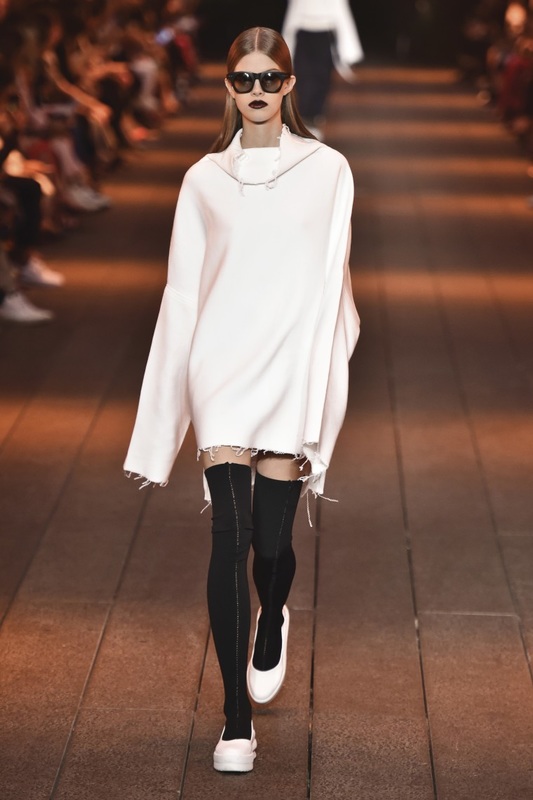


























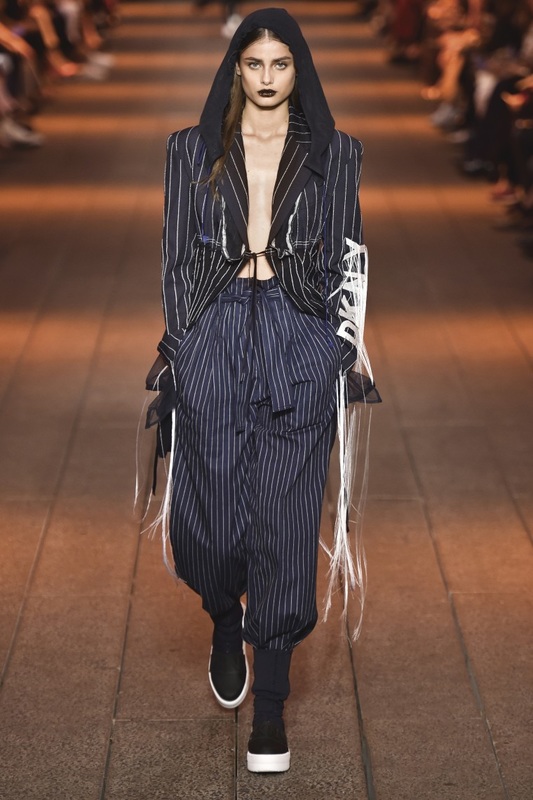

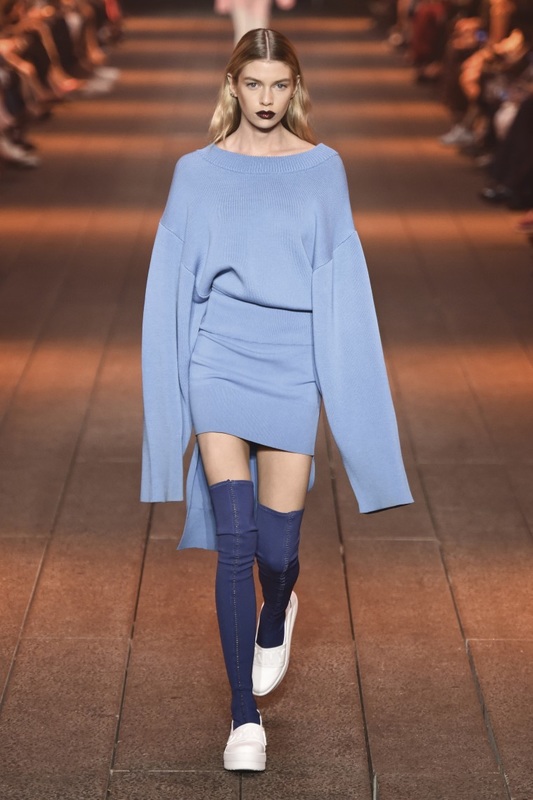







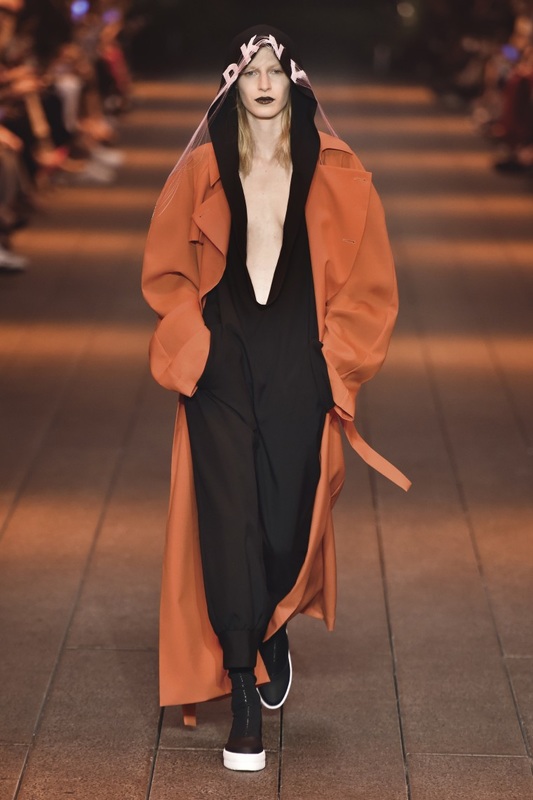













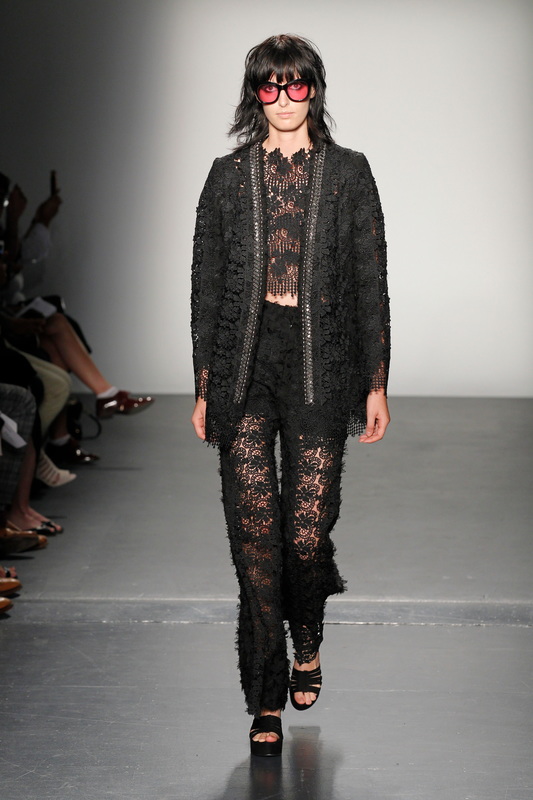



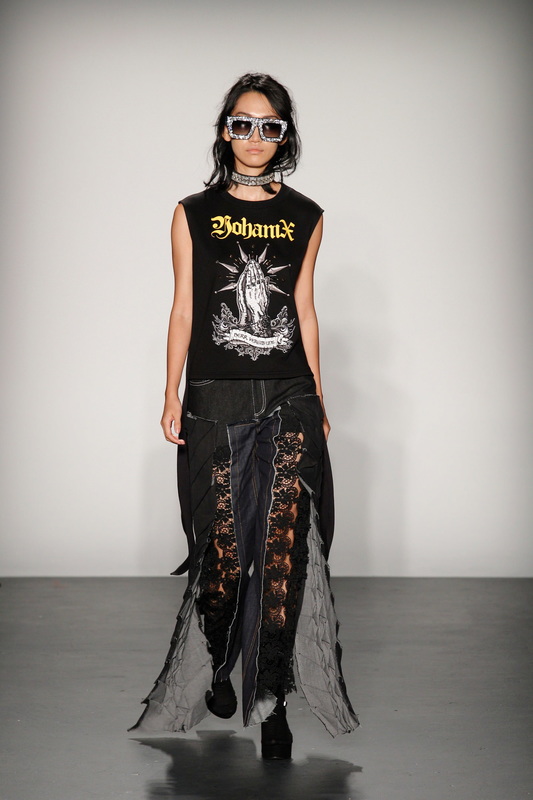







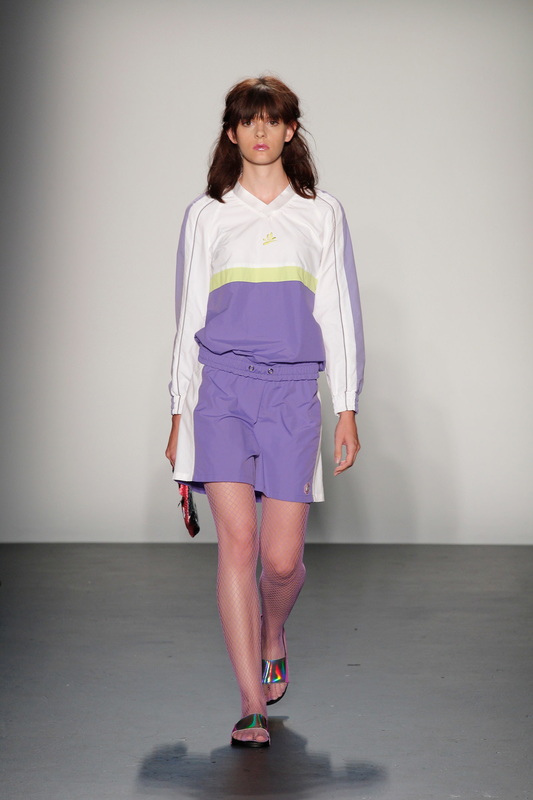



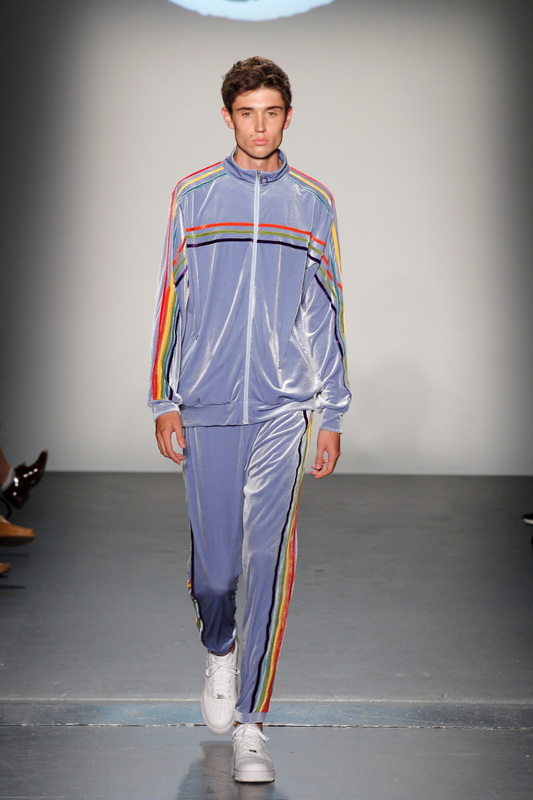





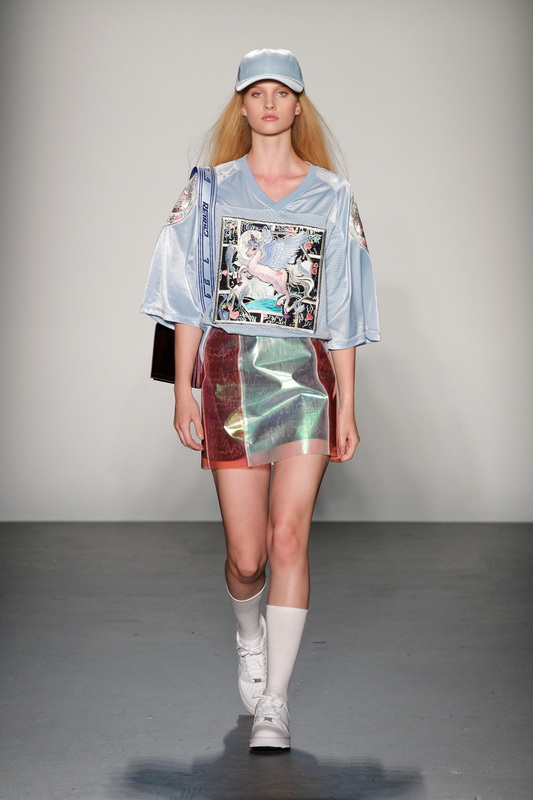




























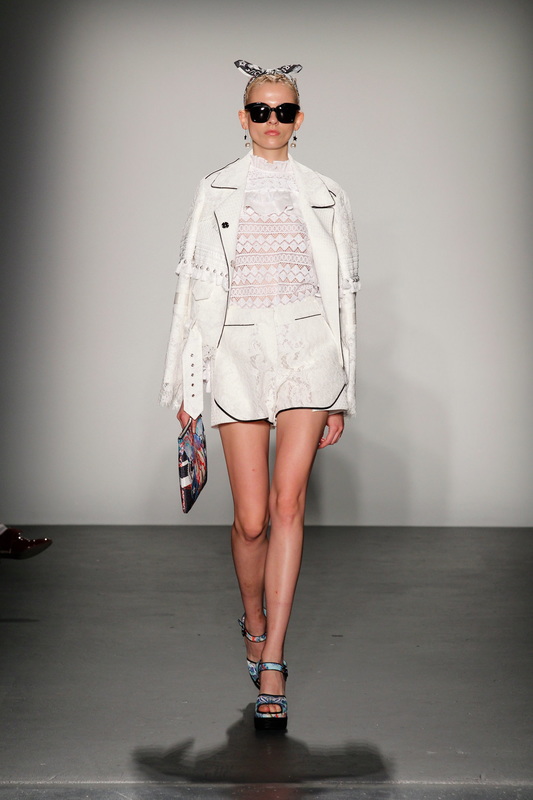



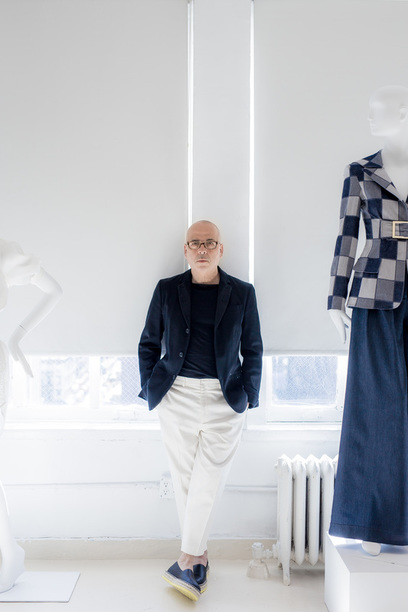


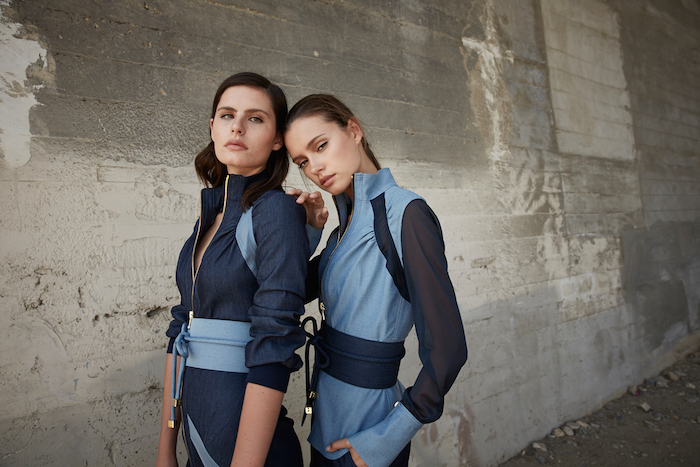








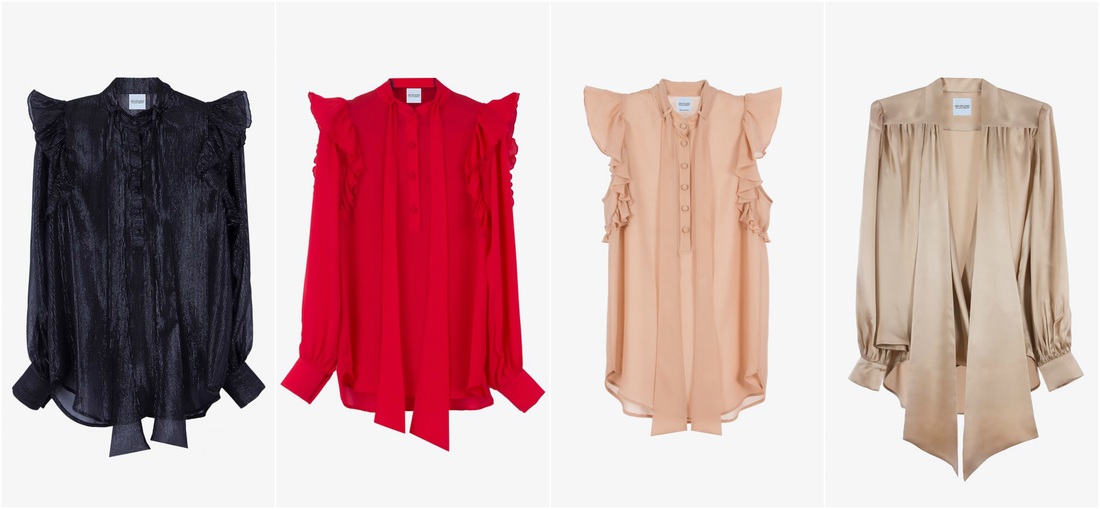



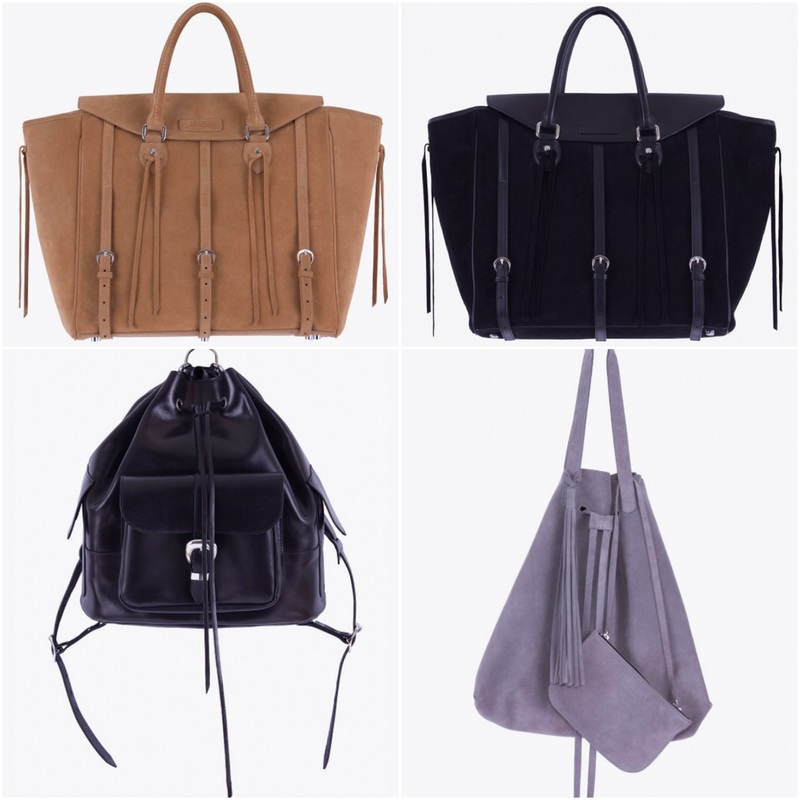
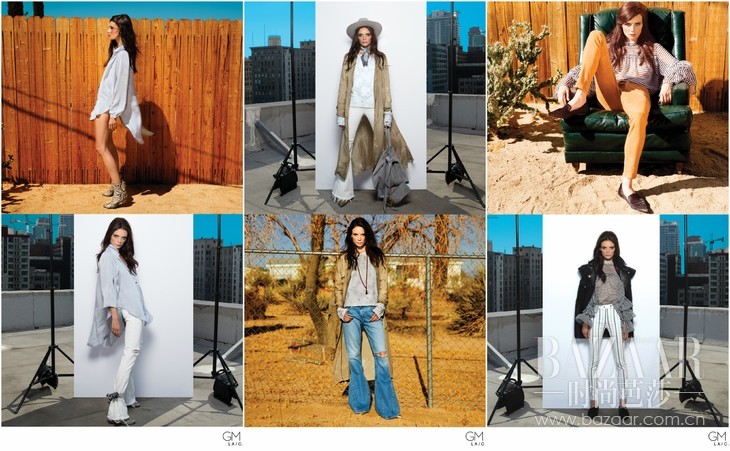

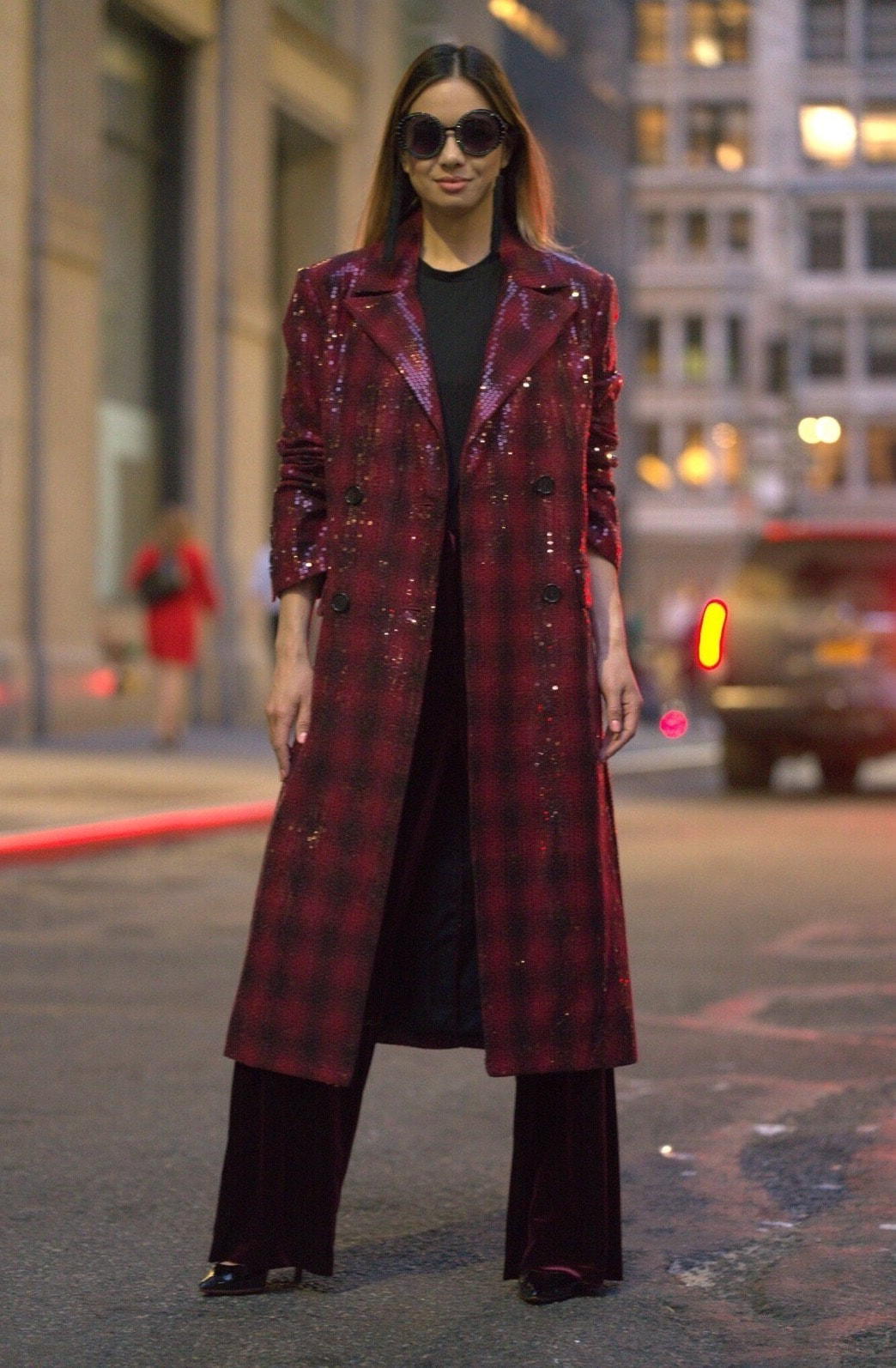
 RSS Feed
RSS Feed
